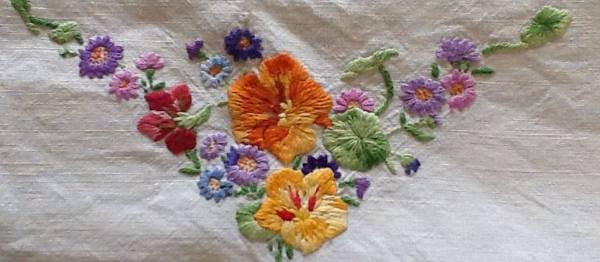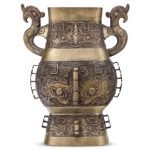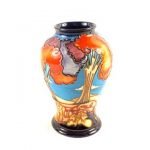Most people might be aware that sellers usually have to pay a premium to an auctioneer when they put items up for sale. Inexperienced buyers may not know that many, probably most, auctioneers charge a buyer’s premium as well, which can be as high as 25 percent. That’s an additional charge on top of the hammer price, which is the amount that an item is sold for during the actual auction. And that’s not all. Some auctioneers in the UK add VAT at 20 percent not just to the hammer price, but to the hammer price plus the buyer’s premium.
For example, as of September 2013, Christie’s South Kensington branch charges 25 percent buyer’s premium on objects up to a hammer price of £50,000. But they calculate VAT on the total of the hammer price plus the buyer’s premium. If the arithmetic has you scratching your head, in cash terms, if you successfully bid £50,000 for a desirable Victorian water colour, you’ll actually pay a whopping £75,000.
Here’s how it works. With a hammer price of £50,000, the buyer’s premium of 25 percent adds an extra £12,500, which equals £62,500. Then 20 percent VAT is added to that, which is another £12,500, giving you a total of £75,000. That’s right, a hammer price in the auction room of £50,000 ends up being 50 percent more by the time the buyer pays the bill.
Most auction rooms charge less than 25 percent, with 10 percent a common figure. But it’s essential to check what the buyer’s premium is before you decide how much you can afford to bid. And it’s also important to know if VAT will be charged on the hammer bid plus the buyer’s premium or on the hammer bid alone, which will also make a material difference to the final price you’ll pay.
Some auctioneers make a virtue of the fact that they charge no buyer’s fee, so it’s well worth tracking down those ones. In fact, the whole buyer’s premium phenomenon was pretty well unknown until the 1970s, since when it’s become increasingly common. Why have auction houses adopted this practice? The answer appears to be fairly straightforward – it’s a great way for them to make money.





